Modern laptops are increasingly locked down and impossible to modify. From single-piece chassis with security screws to soldered-down memory and storage, they’re as closed as gadgets get.
What if they weren’t? That’s the idea behind the Reform from MNT Research. Currently in its second generation, the Reform is a laptop designed to be open – from the simple screws holding the case together to the battery with individually replaceable cells, the peripherals, and even the motherboard.
Everything about the Reform is open-source, from its CNC-milled chassis to the 3D-printed trackball sitting proudly where a trackpad would normally be seen. It’s novel, it’s potentially revolutionary, and it flies in the face of every piece of evolution we’ve seen in the consumer electronics market in the last four decades.
But is it any good?
As a Laptop
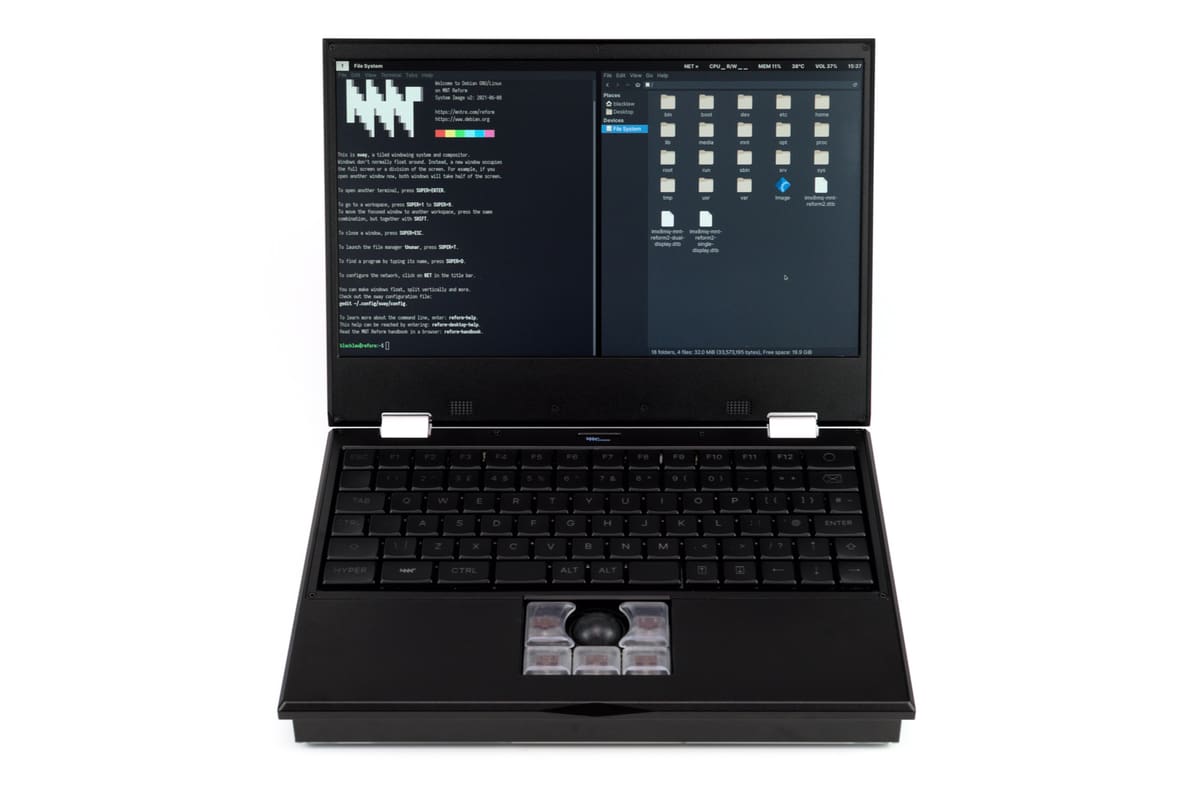
Taken as a laptop, the Reform is undeniably eye-catching. It’s also undeniably retro. While you can swap the 3D printed trackball assembly for a more modern touchpad, there’s no hiding the chunky design, which owes more 1980s state-of-the-art than any modern minimalist design movement.

Firing the Reform up is an unusual process: there’s no power button. Instead, the circle button at the top-right of the keyboard triggers the system management controller, which opens a menu on the tiny yet clear OLED display. Scroll through the list and you’ll find options for checking the battery status, bringing up diagnostic information, adjusting the keyboard backlight, or powering the laptop on.
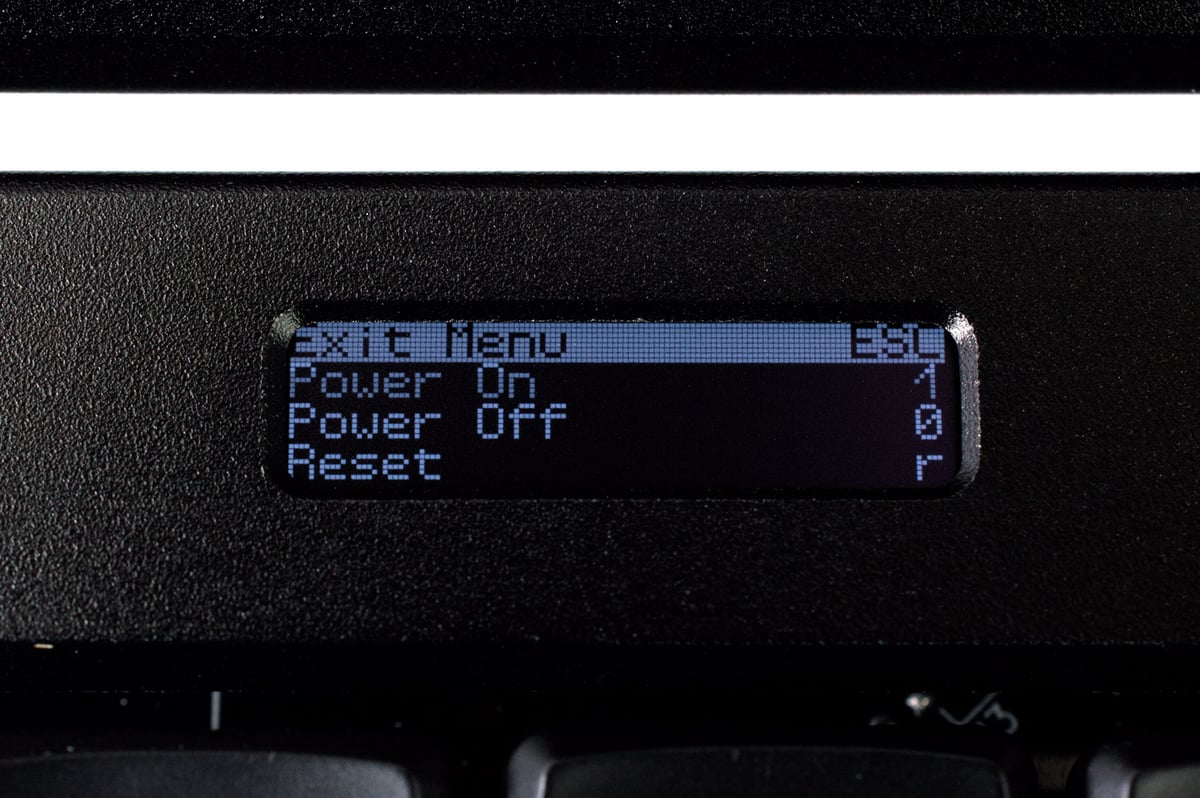
The Reform comes without any internal storage as standard. However, the limited-edition Reform Max (as-reviewed) can come with an optional 1TB NVMe SSD you install yourself at the same time as plugging in the battery connectors and equally optional Wi-Fi card. A 32GB microSD Card comes pre-loaded with a custom Debian Linux installation, booting into a text-based console by default but with two graphical environments included.
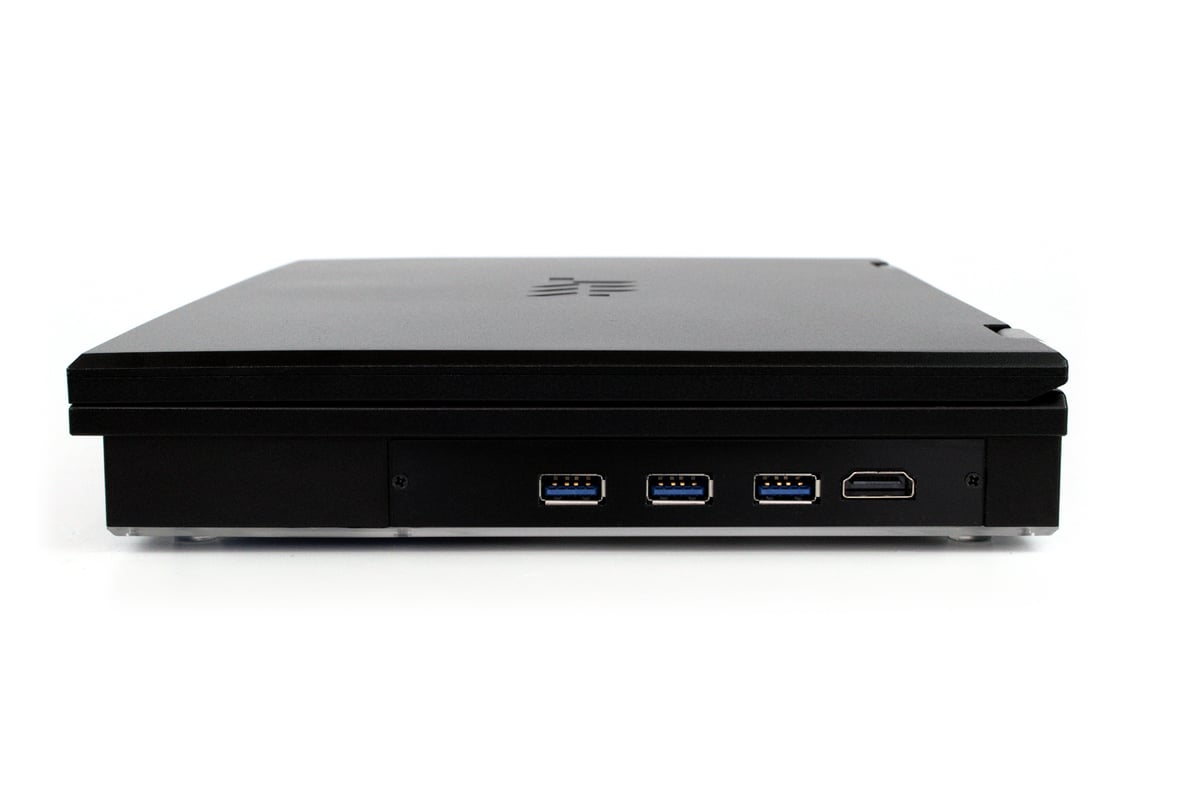
Using the laptop, sadly, isn’t as pleasurable as you might think – and it once again brings back memories of the 1980s. A lot of the modern polish expected of a laptop is missing: battery monitoring is performed on the OLED panel, and while exposed in software isn’t tied into any means of shutting the system down when the charge is low; there’s no lid-close sensor to put the device to sleep, which is just as well as at the time of writing suspend was unreliable; enabling the HDMI output requires reducing the refresh rate of the main display; the Wi-Fi antenna included with the optional Wi-Fi card is borderline unusable.
A bigger issue lies in the system management controller. The laptop ships with the batteries disconnected for the very good reason that the controller draws power at all times; if the Reform is left disconnected from mains power for more than a week or so, the batteries will drain to a point where they can no longer be charged in the laptop. The only course for recovery is to remove the cells and charge them in an external charger. Work is in progress on reducing the idle power draw.
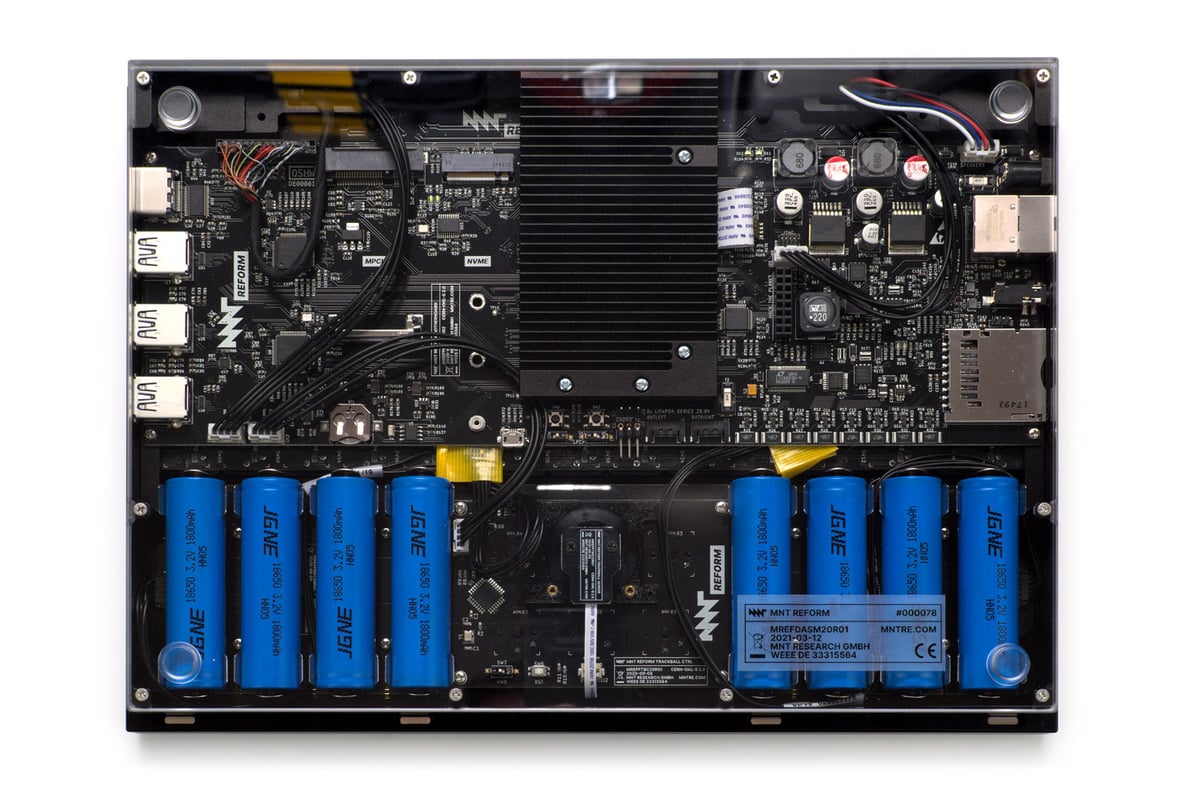
Performance, too, is weak, even by the standards of similar Arm-based devices. In real-world testing, including image-editing and browser benchmarks, the Reform performed closer to a last-generation Raspberry Pi 3 Model B+ than the latest Raspberry Pi 4 Model B – and far below even the cheapest of x86 laptops. That said, the device surprised by managing roughly twice the frame rate of a Raspberry Pi 4 in an OpenArena demo – great news for workloads that support 3D acceleration.
As a Project
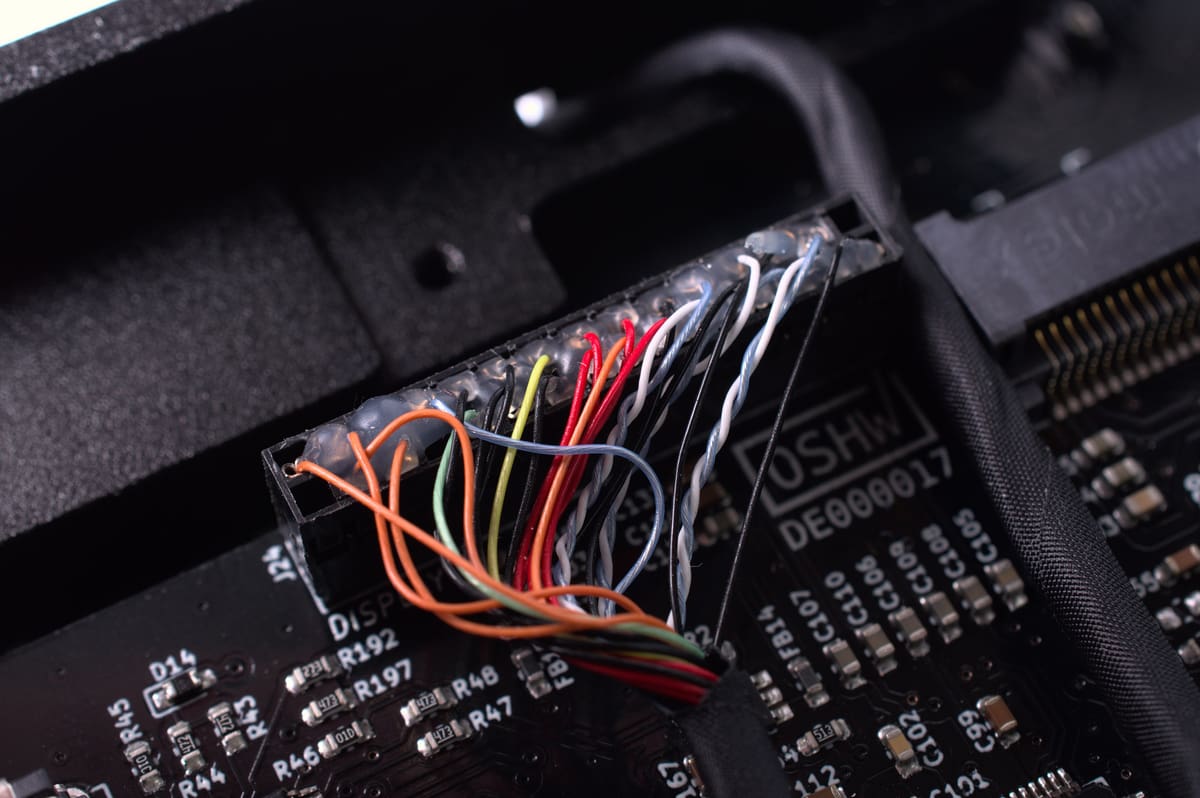
As a laptop, then, the Reform disappoints. Fortunately, the Reform is more than a laptop. It’s a project and a crowning achievement for MNT. In a world where only the biggest companies design laptops and the rest customize devices from a small handful of original design manufacturers (ODMs), the Reform is a scratch-built fully-functional laptop that can deliver a usable, if not awe-inspiring, desktop experience.
It’s also open – aggressively so. Design files and source code for everything from the 3D printed trackball assembly to the CNC-milled case, from the motherboard to the clever system management controller’s firmware are published in full under open-source licenses. Even the software is open source, bar a firmware blob that’s required for the memory controller.
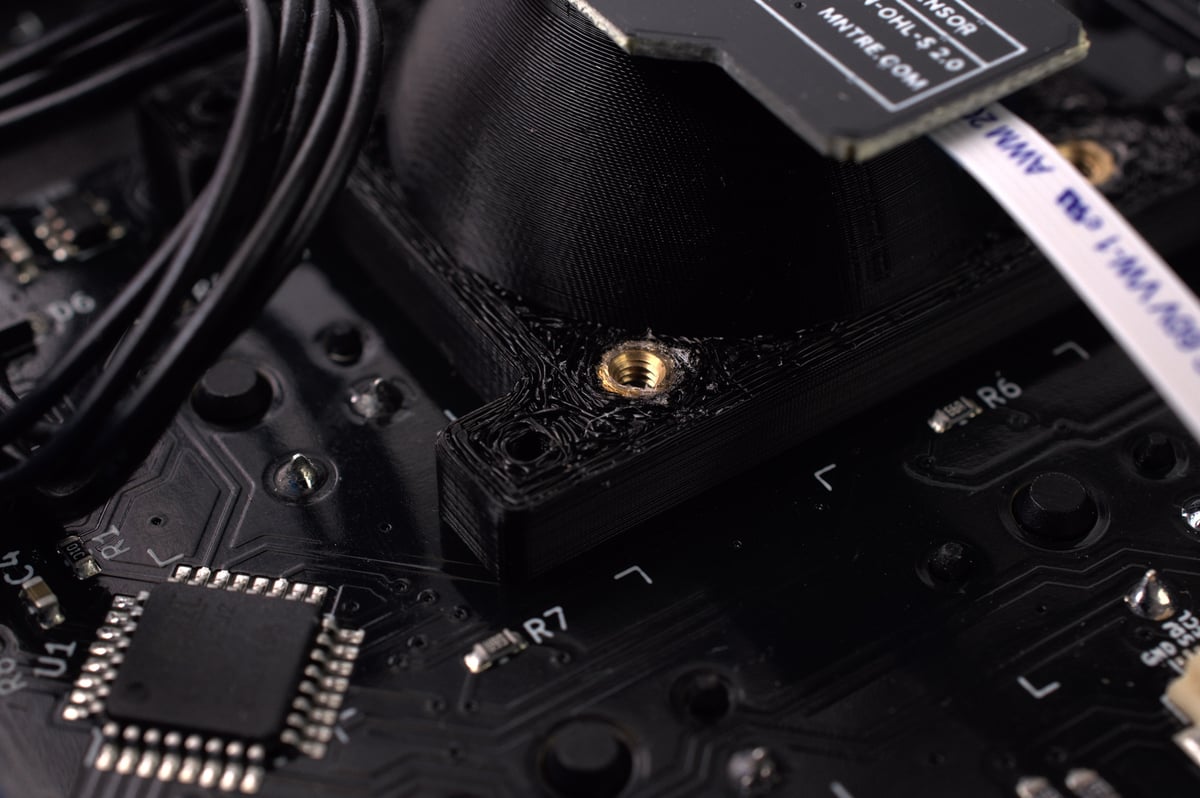
Where consumer laptops are treated as disposable commodities, to be recycled when the glued-in-place batteries stop holding as much charge as they used to, the Reform is designed to last. Each individual LiFePo cell that makes up the battery – which happens to be good for over five hours off mains, according to our video playback testing – can be replaced at a low cost with a Phillips screwdriver.

Even the very heart of the system is upgradeable. The open-source motherboard is designed to accept a system-on-module. The designs for this are, again, fully open-source. While only one model is available at launch MNT has confirmed it is working on multiple designs for the future, from a more powerful Arm-based unit with additional RAM to one based on the free and open-source RISC-V instruction set architecture.
It’s this design ethos that gives the Reform its vintage heft – and at a hair over 2kg, it’s not a laptop for those who like to travel light – and which sets it apart from other as-open-as-possible devices like the PINE64 Pinebook. Throw in a transparent perspex base, allowing you to see the inner workings, and there’s little doubt MNT has a very clear target audience in mind.
Community Spirit
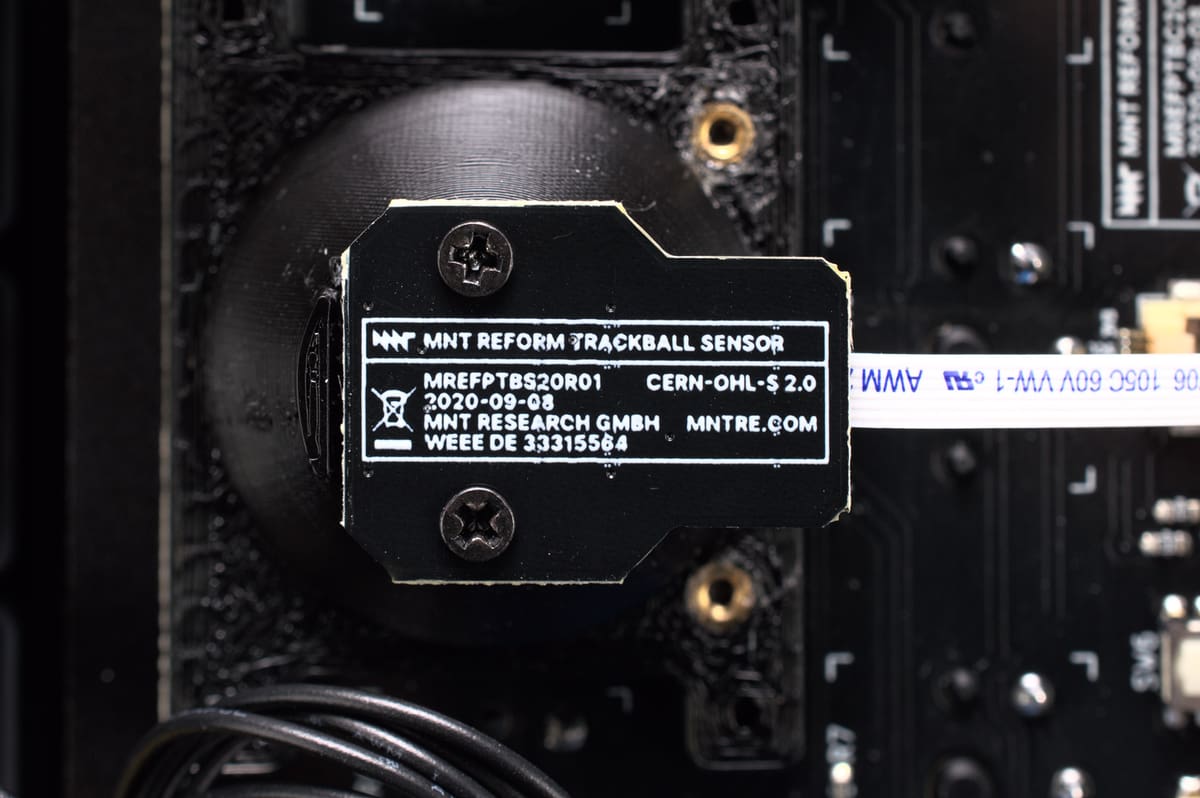
The intended audience for the Reform has, for its part, responded impressively. To say there’s been a pent-up demand for such an open device is understating things, and the Reform community has taken the concept and run with it.
Even before the first units shipped, a project had launched to replace the unique keyboard – which features a user-programmable Hyper button to access upper layers, aggressive 1.5U column rake, split space bar, and linear mechanical keyswitches – with an ortholinear alternative. Others have desoldered the switches in the stock keyboard to replace them with tactile ‘clicky’ versions instead.
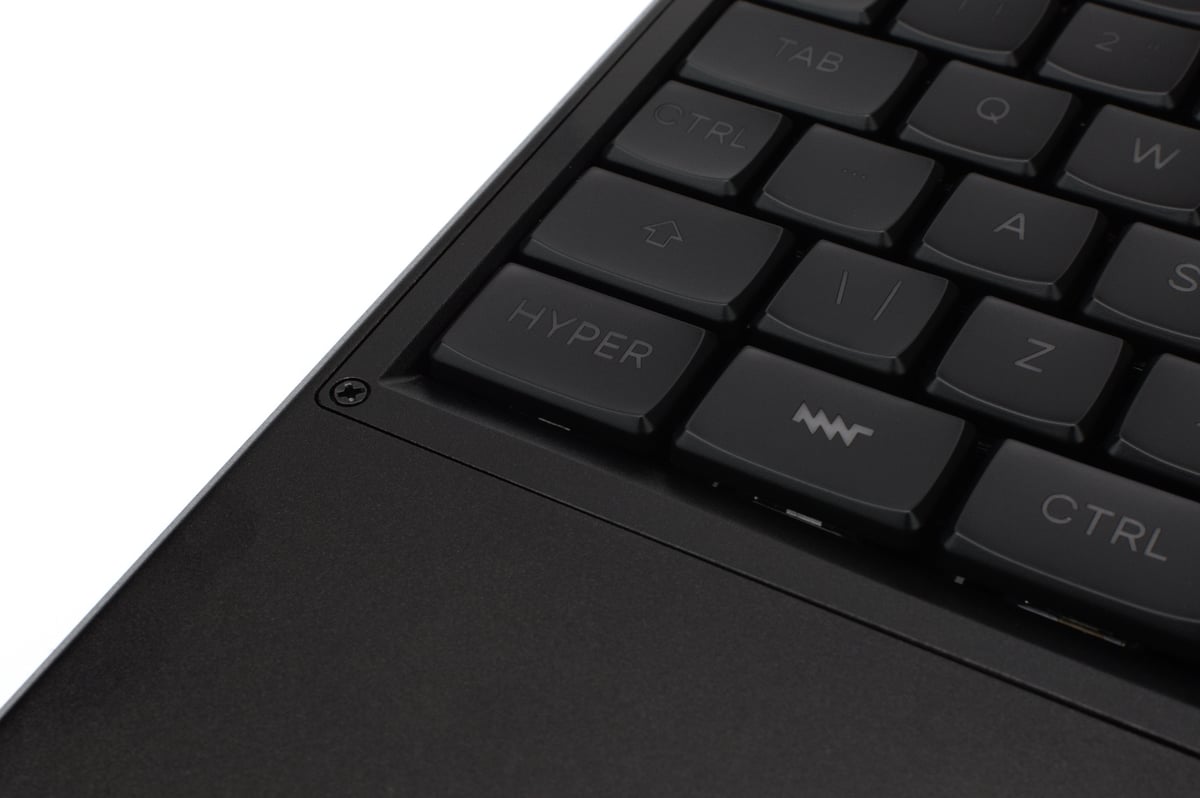
Recently, users have experimented with 3D printing replacement trackball housings – adjusting the bumps to reduce the friction or even replacing the bumps entirely – using inset stainless steel ball-bearings to improve the rather scratchy feel and slow movement of the stock trackball.
Others have been hacking the firmware and software, adding enhanced drawing functions for the OLED display or porting otherwise-incompatible software to the platform.
It’s easy to see the strength of the growing community, despite the relatively high cost of the Reform, which is available for pre-order from the second production run ahead of a planned December delivery, at $999 for the relatively simple-to-assemble DIY kit or $1,550 for the fully-assembled Reform variant.
The MNT Reform is now available to pre-order on Crowd Supply, with more information available on the official website.
License: The text of "Hands-On with the MNT Reform: An Open Book" by All3DP is licensed under a Creative Commons Attribution 4.0 International License.